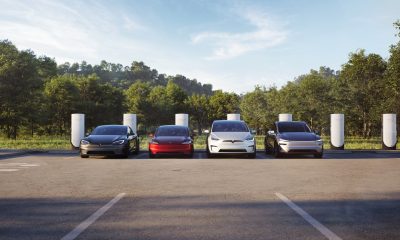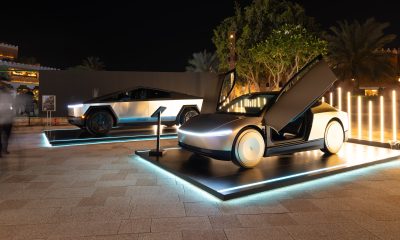
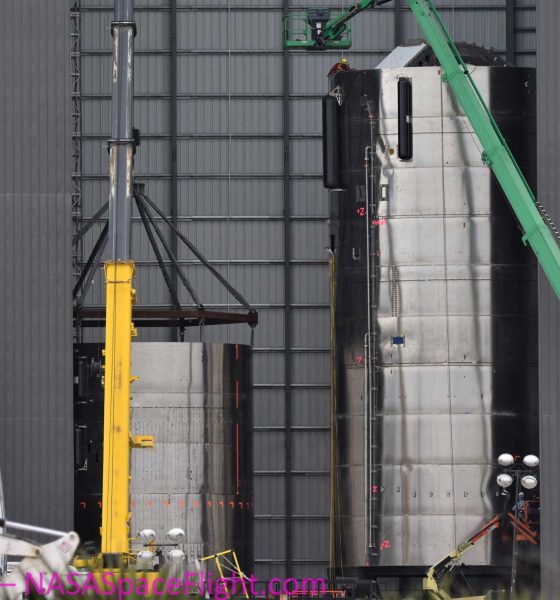
News
SpaceX’s recent Starship testing challenges don’t worry Elon Musk
In his latest burst of tweets, SpaceX CEO Elon Musk says he isn’t all that worried about a duo of recent Starship prototype failures and talked next steps for the next few Starships.
Aside from SpaceX’s South Texas rocket factory, Musk also touched on progress being made on the cutting-edge Raptor engine set to power Starships and their boosters, revealing a small production milestone in the process. The CEO says that SpaceX has already begun building its 26th Raptor engine, a sign that Raptors may actually be waiting on Starships in a turn of events. Back when SpaceX was busy testing its low-fidelity Starhopper testbed, the ship actually had to wait several months for the full-scale Raptor engine’s design to mature enough to support 15-30+ second hop tests.
Now, Musk’s Raptor SN26 reveal implies that SpaceX is slowly but surely ramping up production of the new engine back at its Hawthorne, California headquarters.
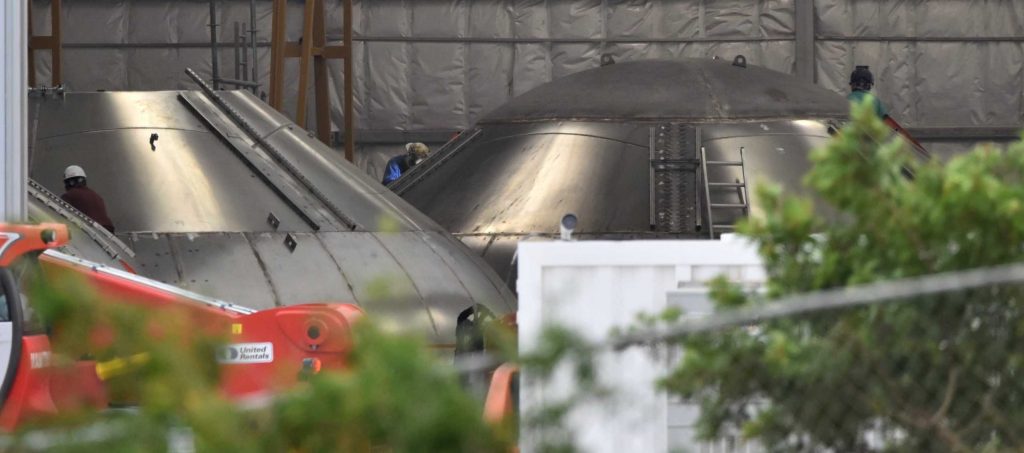
From August to December 2019, SpaceX completed one Raptor engine every ~17 days, on average. With Musk’s confirmation that SpaceX is currently building (or already testing) SN26, the company is completing an engine every 12-14 days – an overall improvement of 20-40%. In other words, SpaceX’s growing engine production capacity is almost perfectly positioned to support a fleet of suborbital Starship prototypes, which is about where the company’s Boca Chica, Texas factory is today.
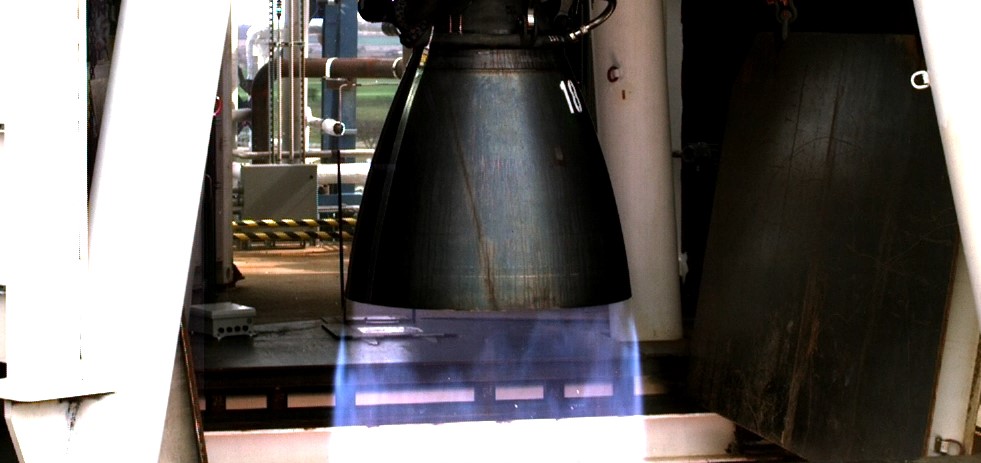
Obviously, following two recent full-scale Starship prototype failures spaced barely a month apart, rocket production has a ways to go before it will need the volume of Raptor engines SpaceX appears to already be capable of producing. For the time being, three Raptor engines – having already completed production in Hawthorne and acceptance testing in McGregor, Texas – are quite literally sitting around and gathering dust as they wait for the first Starship prototype qualified to host them.
Once a Starship passes proof testing, SpaceX will be able to install either one or all three engines for an inaugural static fire test, following by a small Starhopper-class hop (no higher than 150m or 500 ft).
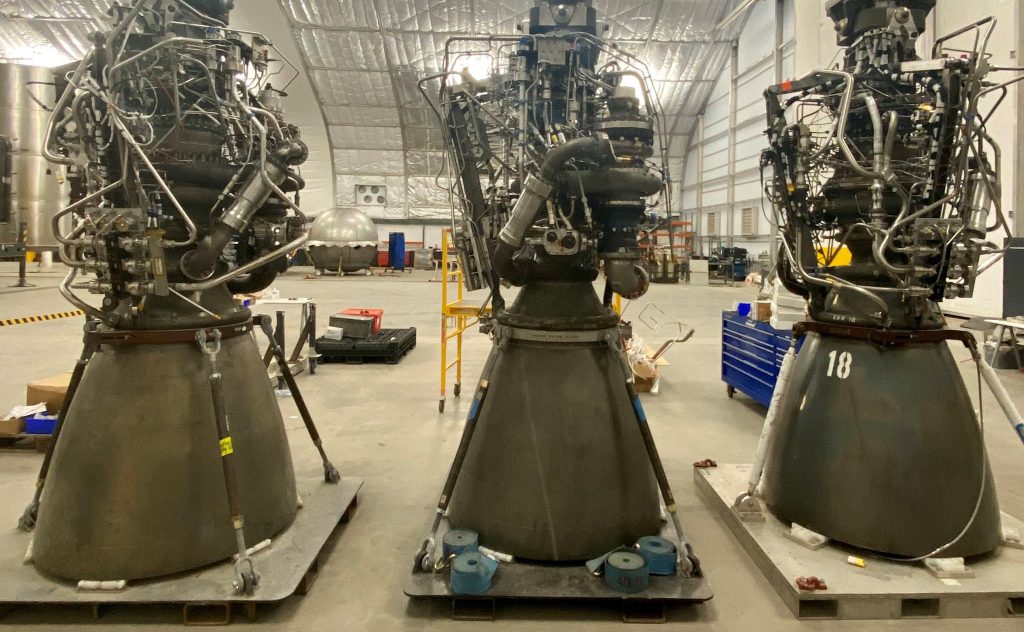
However, once SpaceX has explored the full range of testing available to suborbital Starship prototypes, things will change. Likely ending with the first one or several successful ‘skydiver-style’ rocket landing tests, SpaceX will finally be able to seriously think about its first orbital flight tests. To reach orbit and still be capable of returning to Earth and landing softly, Starship will need a Super Heavy booster – set to be the largest rocket booster ever developed by a large margin.
Although Musk has stated that early orbital flight tests will likely launch with far fewer engines, a single Super Heavy booster could eventually require 37 Raptor engines – a full 42% more engines than SpaceX has managed to build in the entire 15+ month history of full-scale Raptor production.
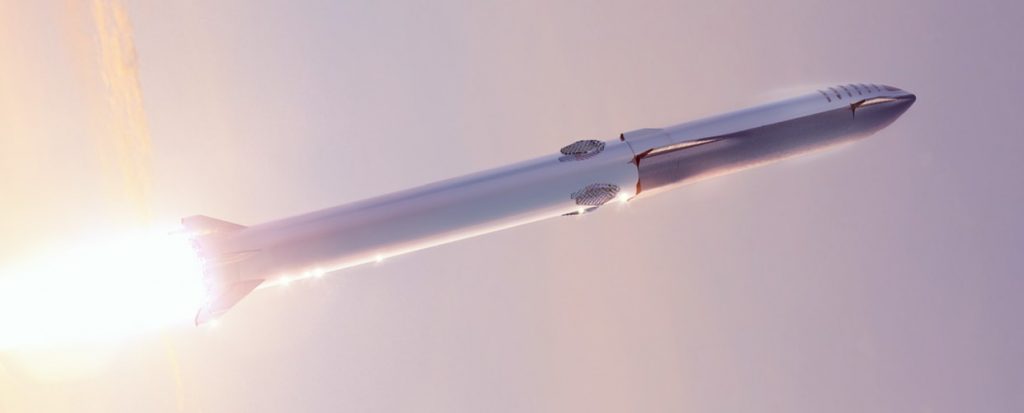
Thankfully, SpaceX’s engine production HQ likely has at least 6-12 months to ramp up production to support fully-outfitted Super Heavy boosters – let alone several. For the time being, each suborbital Starship only needs 3 sea level-optimized Raptor engines, although it’s possible that SpaceX will eventually perform suborbital tests with a full compliment of six engines – including three with much larger vacuum-optimized nozzles.
Ultimately, Musk explained that his lack of concern about recent Starship prototype failures – potentially including any anomalies that follow SN4’s test campaign – comes from the fact that he believes that producing Starships is a much more challenging and pressing concern. Indeed, if your factory can churn out functioning building-sized spacecraft for pennies on the dollar, losing a few during testing is little more than an annoyance. The first failed prototypes can thus be considered learning experiences, helping SpaceX improve designs and optimize the factory and production strategies. SpaceX does still need to prove that its existing approach really can build functioning rockets, but that should (in theory) come with enough trial and error.
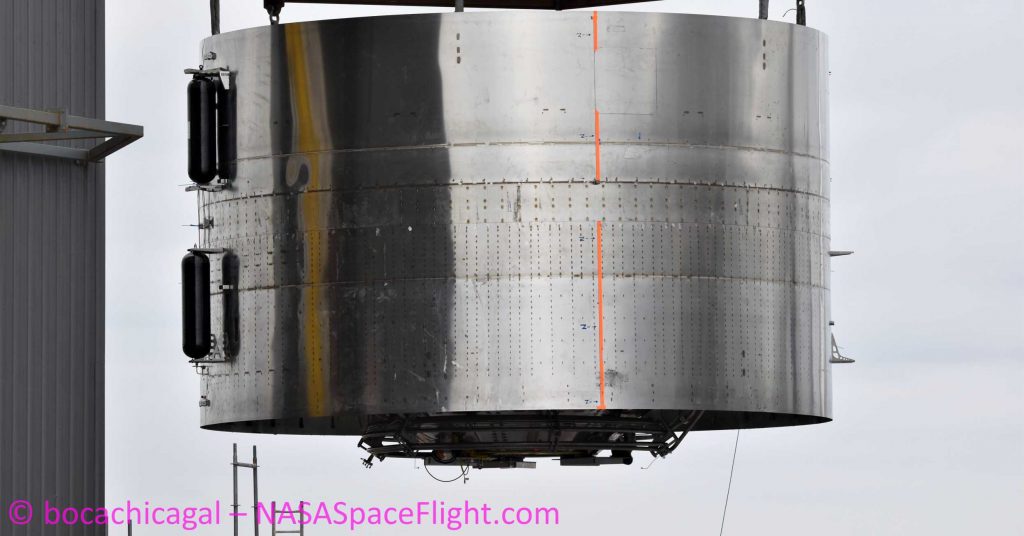
Depending on how initial tests go with Starship Serial Number 4 (SN4), likely days away from wrapping up production, Musk says that the first few suborbital Starship tests will likely involve short, low-velocity hops. Those flights will be slow enough that the ship (or ships) wont require aerodynamic control surfaces to complete them, instead relying entirely on smaller thrusters and the thrust vector control (TVC) provided by their three main Raptor engines.
If Starship SN4 testing – including wet dress rehearsals, Raptor static fires, and short hops – goes perfectly, Musk says that Starship SN5 could be the first new ship to have fully-functional flaps installed. If things don’t go quite as well, that milestone could shift to Starship SN6, while SN7 and beyond are obviously on the table in the event of even less forgiving SN4/SN5 testing scenarios. For now, Starship SN4 could be ready to move to the launch pad and kick off a series of critical proof tests a handful of days from now.
Elon Musk
Tesla teases new AI5 chip that will revolutionize self-driving
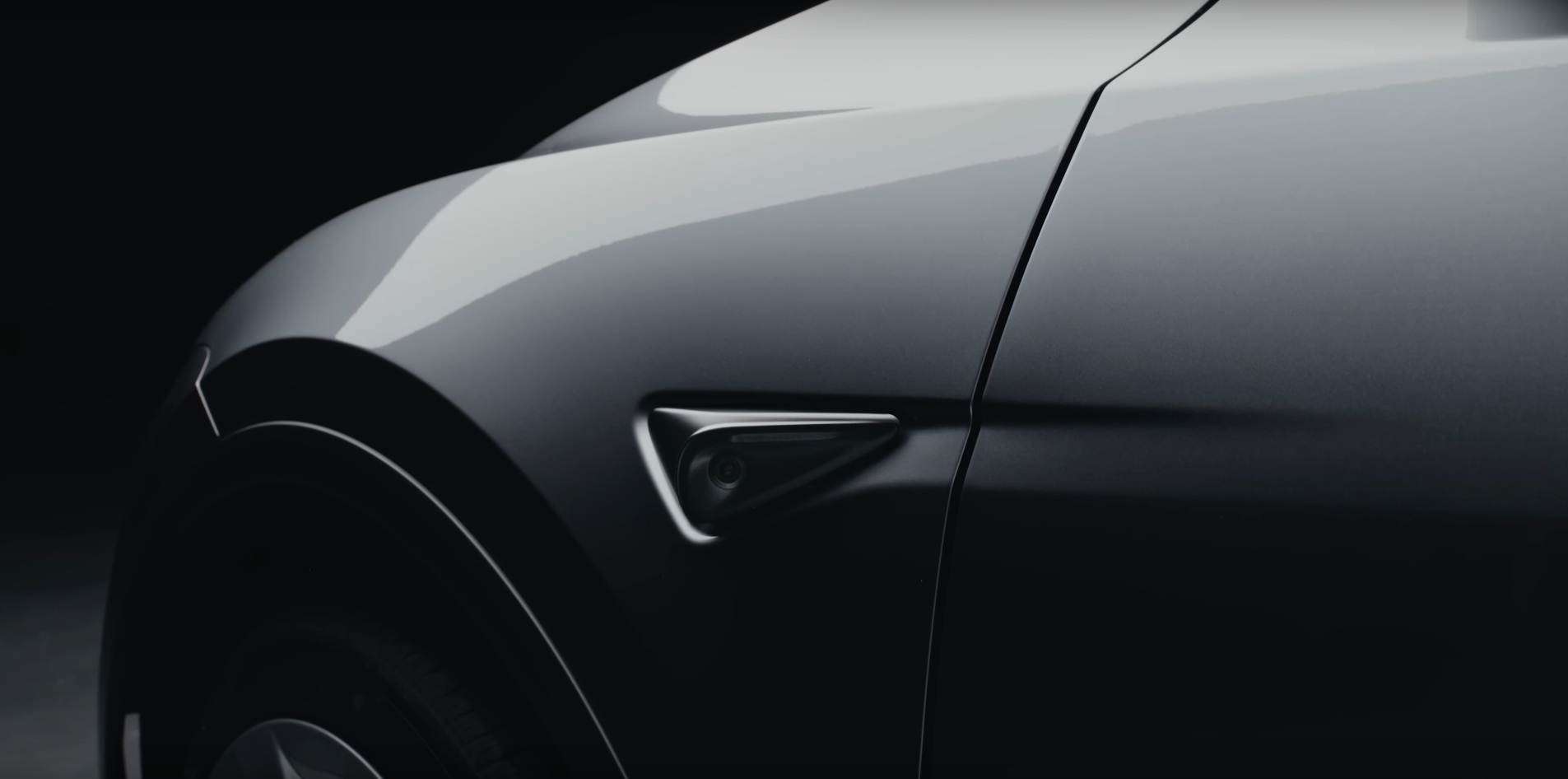
Elon Musk revealed new information on Tesla’s AI5, previously known as Hardware 5, chip, for self-driving, which will be manufactured by both Samsung and TSMC.
The AI5 chip is Tesla’s next-generation hardware chip for its self-driving program, Optimus humanoid robots, and other AI-driven features in both vehicles and other applications. It will be the successor to the current AI4, previously known as Hardware 4, which is currently utilized in Tesla’s newest vehicles.
Elon Musk reveals Tesla’s HW5 release date, and that it won’t be called HW5
AI5 is specially optimized for Tesla use, as it will work alongside the company’s Neural Networks to focus on real-time inference to make safe and logical decisions during operation. It was first teased by Tesla in mid-2024 as Musk called it “an amazing design” and “an immense jump” from the current AI4 chip.
It will be roughly 4o times faster, have 8 times the raw compute, 9 times the memory capacity, 5 times the memory bandwidth, and 3 times the efficiency per watt.
It will be manufactured by both TSMC and Samsung at their Arizona and Texas fab locations, respectively.
Here’s what Musk revealed about the chip yesterday:
Different Versions
Samsung and TSMC will make slightly different versions of the AI5 chip, “simply because they translate designs to physical form differently.” However, Musk said the goal is that its AI software would work identically.
This was a real concern for some who are familiar with chip manufacturing, as Apple’s A9 “Chipgate” saga seemed to be echoing through Tesla.
Back in 2015, it was found that Apple’s A9 chips had different performances based on who manufactured them. TSMC and Samsung were both building the chips, but it was found that Samsung’s chips had shorter battery life than TSMC-fabricated versions.
Apple concluded that the variance was about 2-3 percent. However, Tesla will look to avoid this altogether.
Release and Implementation into Vehicles
Musk said that some samples will be available next year, and “maybe a small number of units” would equip the chip as well. However, high-volume production is only possible in 2027.
This means, based on Tesla’s own timeline for Cybercab production in Q2 2026, early iterations of the vehicle would rely on AI4. Many believe AI4 can be utilized for solved self-driving, but the power of subsequent versions, including AI5 and beyond, will be more capable.
AI6 and Beyond
AI6 will utilize the same fabs as AI5, but there would be a theoretical boost in performance by two times with this version.
AI6 could enter volume production by mid-2028. However, AI7, which Musk only briefly mentioned, “will need different fabs, as it is more adventurous.”
News
Tesla makes a splash at China’s Import Expo with Cybercab and Optimus
It appears that Elon Musk’s vision is something that still resonates with people.
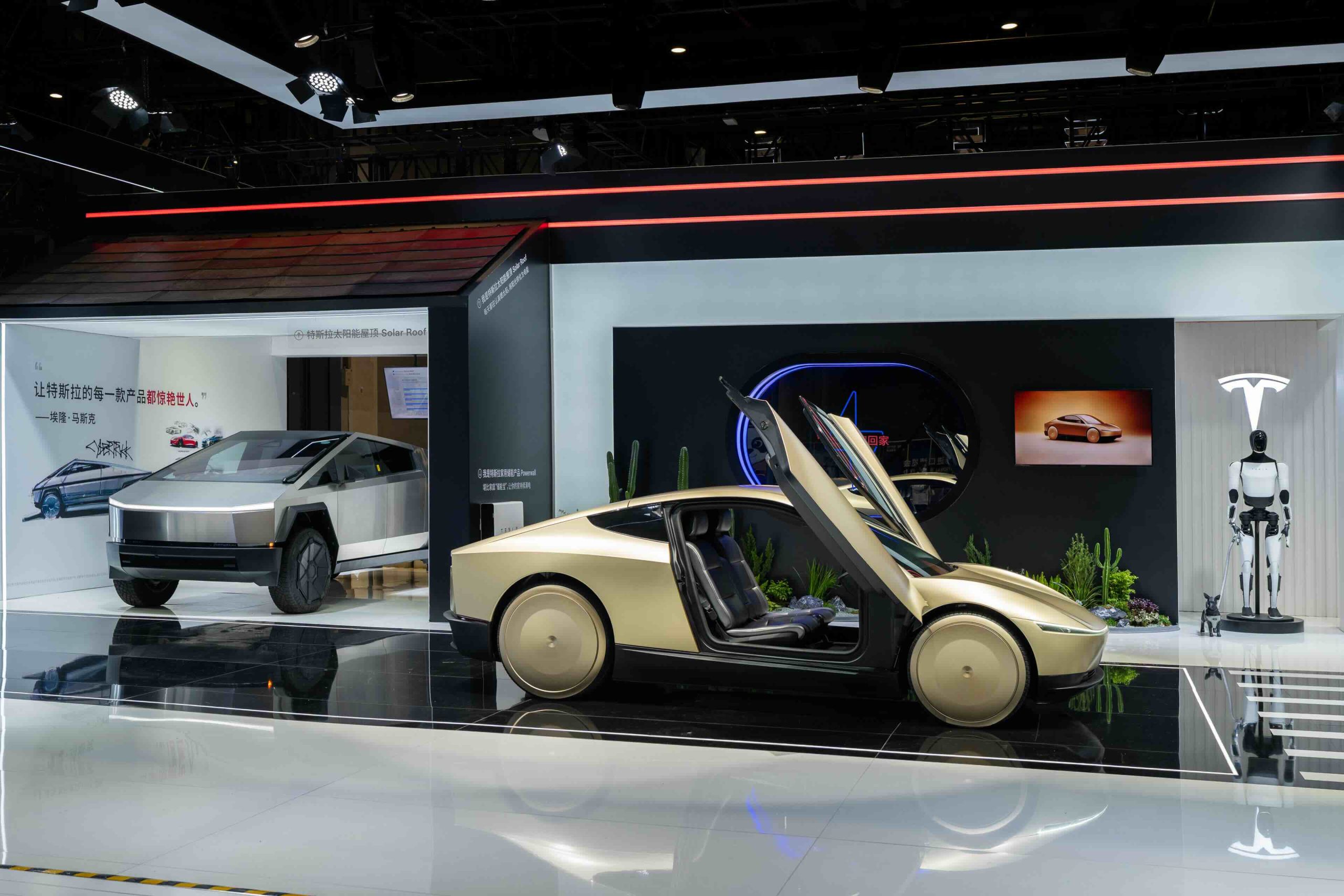
Tesla’s fully autonomous Cybercab made its first appearance in the Asia-Pacific region at the 8th China International Import Expo (CIIE) in Shanghai on November 5, becoming the centerpiece of an event that drew 12 of the world’s leading automakers.
The new model offers a glimpse into Tesla’s driverless ride-hailing future, and based on the reception of the event’s attendees, it appears that Elon Musk’s vision is something that still resonates with people.
Tesla showcases its driverless vision with the Cybercab
At this year’s expo, themed “Mobility, Infinite Possibilities,” Tesla’s futuristic two-seat Cybercab stood out as a showcase of complete autonomy. According to Tesla staff, the vehicle lacks both a steering wheel and pedals, relying entirely on Tesla’s cameras and an end-to-end neural network designed for full self-driving.
The Cybercab will ultimately serve in the company’s expanding Robotaxi fleet, a cornerstone of Elon Musk’s long-promised autonomous mobility network. During the event, a Tesla employee emphasized that the Cybercab’s model’s compact layout reflects real-world usage, as 92% of trips involve just one or two passengers, as noted in a Sina News report. Trips that require more passengers could easily be handled by the Model 3 and Model Y, which are both capable of seating four, or even five passengers.
Optimus, Tesla’s humanoid robot that is designed for both home and industrial use, was also present at the event. Similar to the Cybercab, Optimus also attracted quite a lot of attention from the event’s attendees.
Automakers reaffirm commitment to Chinese innovation
Other global automakers, including Volkswagen, Mercedes-Benz, and Honda, also displayed cutting-edge concept cars and intelligent systems, but few captured the same interest as Tesla’s bold showcase of its autonomy and robotics.
Beyond new models, this year’s CIIE highlighted a renewed focus on local innovation and collaboration in China’s rapidly evolving EV landscape. Executives from Volkswagen, Audi, and General Motors reaffirmed that their long-term strategies center on “in China, for China,” strengthening R&D operations and forming tech partnerships with domestic suppliers.
Elon Musk
Tesla gets big nod on Musk comp package from Charles Schwab
“Schwab Asset Management’s approach to voting on proxy matters is thorough and deliberate. We utilize a structured process that focuses on protecting and promoting shareholder value.”
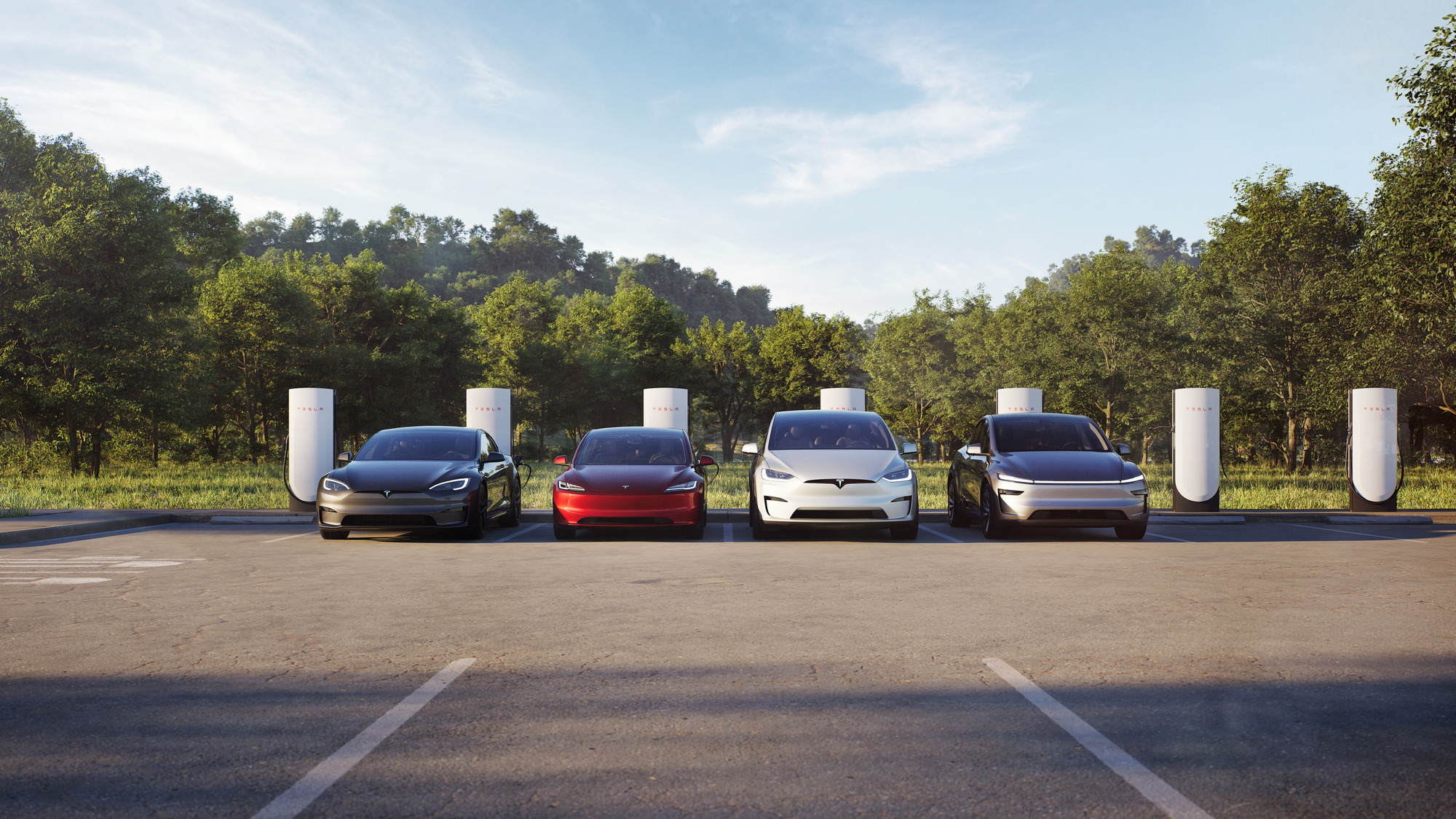
Tesla got a big nod of approval on CEO Elon Musk’s newly-proposed compensation package from Wall Street firm Charles Schwab after many shareholders believed the company was aiming to go against the new pay structure for its frontman.
Yesterday, we reported on many Tesla investors threatening to leave Charles Schwab as their broker after it was assumed the firm would vote against Musk’s pay package. The impression was that Schwab would utilize the same voting strategies as Glass Lewis and Institutional Shareholder Services (ISS), which both said they would vote against the new compensation package.
However, Schwab reached out to TESLARATI directly yesterday to confirm that it had not made any statement on which way it would vote. It then confirmed to us that it would vote to support Musk’s pay package:
UPDATE: a Charles Schwab spokesperson has reached out to TESLARATI with the following statement:
“Schwab Asset Management’s approach to voting on proxy matters is thorough and deliberate. We utilize a structured process that focuses on protecting and promoting shareholder value.… https://t.co/gG9iFhTgdJ
— TESLARATI (@Teslarati) November 4, 2025
The statement to TESLARATI said:
“Schwab Asset Management’s approach to voting on proxy matters is thorough and deliberate. We utilize a structured process that focuses on protecting and promoting shareholder value. We apply our own internal guidelines and do not rely on recommendations from Glass Lewis or ISS. In accordance with this process, Schwab Asset Management intends to vote in favor of the 2025 CEO performance award proposal. We firmly believe that supporting this proposal aligns both management and shareholder interests, ensuring the best outcome for all parties involved.”
Schwab also came out with a new statement just after that would be released to the public, stating that its delayed decision on the compensation package was due to its “structured process that focuses on protecting and promoting shareholder value.”
The firm uses a three-step program to determine its decision on a key vote like this one:
- board composition and quality
- actions a board has taken to drive strategy, deliver performance and manage relevant risks
- clarity and accessibility of reporting on key issues
It then said it applies its own internal guidelines and does not rely on recommendations from other firms, like Glass Lewis or ISS.
It continued:
“In accordance with this process, Schwab Asset Management intends to vote in favor of the 2025 CEO performance award proposal. We firmly believe that supporting this proposal aligns both management and shareholder interests, ensuring the best outcome for all parties involved.”
Charles Schwab then received kudos from the Tesla community on their decision to vote for Musk to receive this compensation package.
-

 Investor's Corner2 weeks ago
Investor's Corner2 weeks agoTesla analyst says this common earnings narrative is losing importance
-

 News7 days ago
News7 days agoTesla Cybercab spotted testing on public roads for the first time
-

 Elon Musk5 days ago
Elon Musk5 days agoNeuralink’s first patient could receive an upgrade: Elon Musk
-
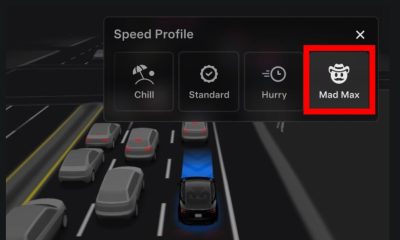
 News2 weeks ago
News2 weeks agoTesla ‘Mad Max’ gets its first bit of regulatory attention
-
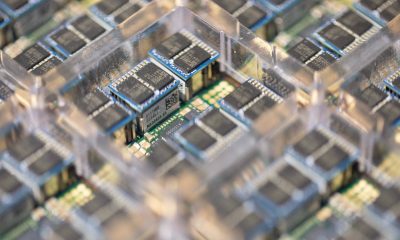
 News2 weeks ago
News2 weeks agoTesla reveals its plans for Hardware 3 owners who are eager for updates
-

 News6 days ago
News6 days agoNeuralink’s first human patient reflects on 21 months with brain implant “Eve”
-

 News2 weeks ago
News2 weeks agoTesla VP explains why end-to-end AI is the future of self-driving
-

 News5 days ago
News5 days agoTesla Cybercab almost looks production ready in new photos


